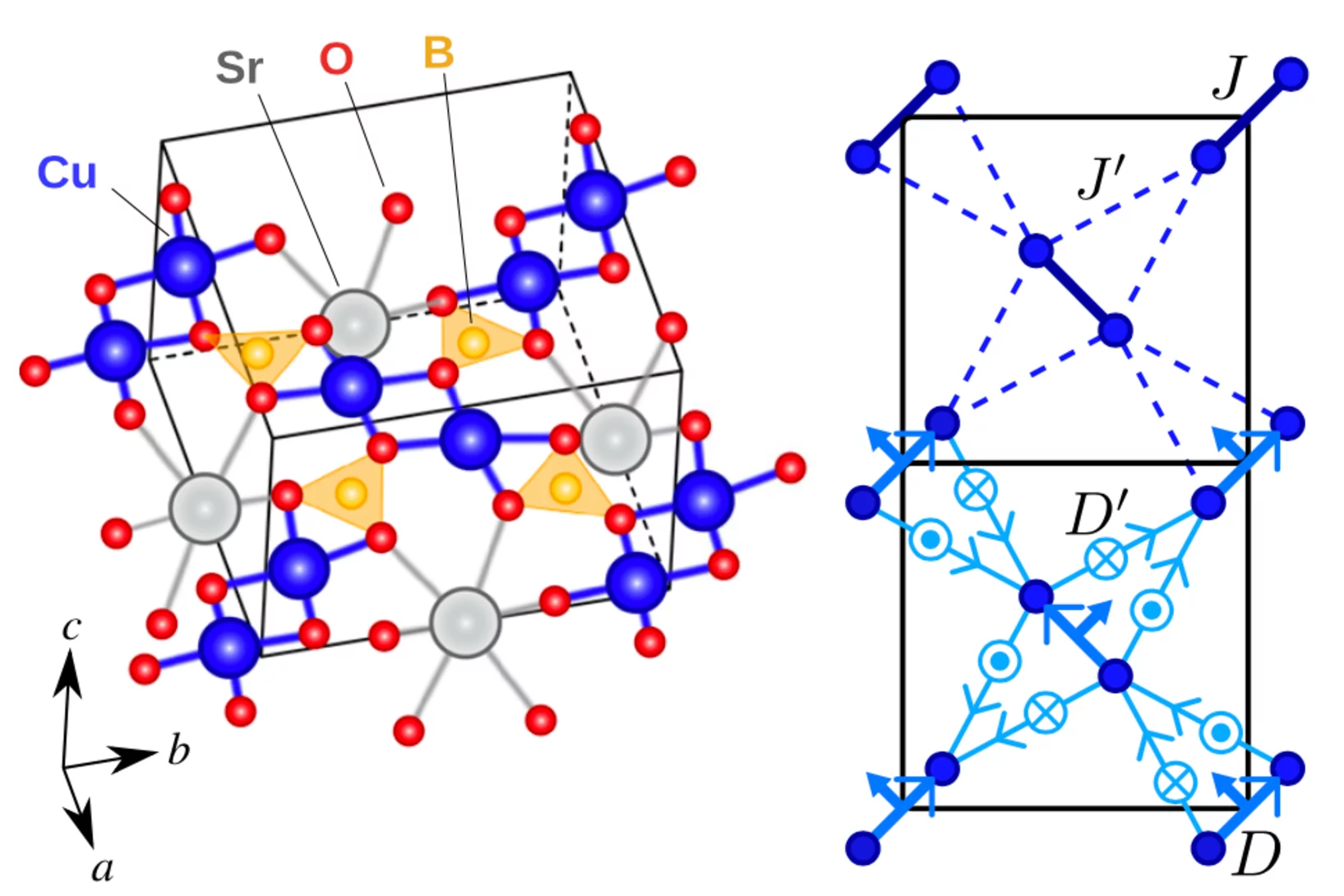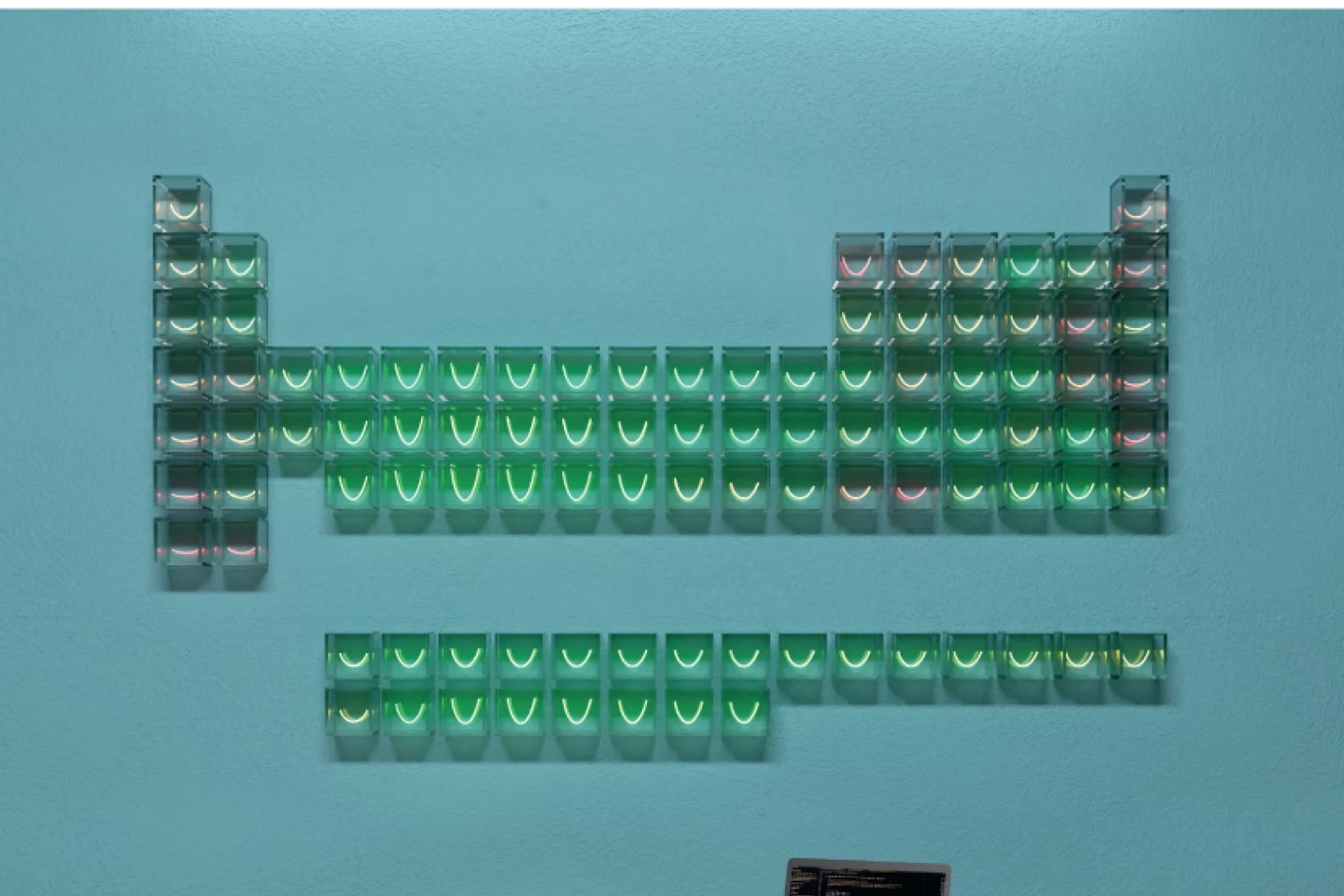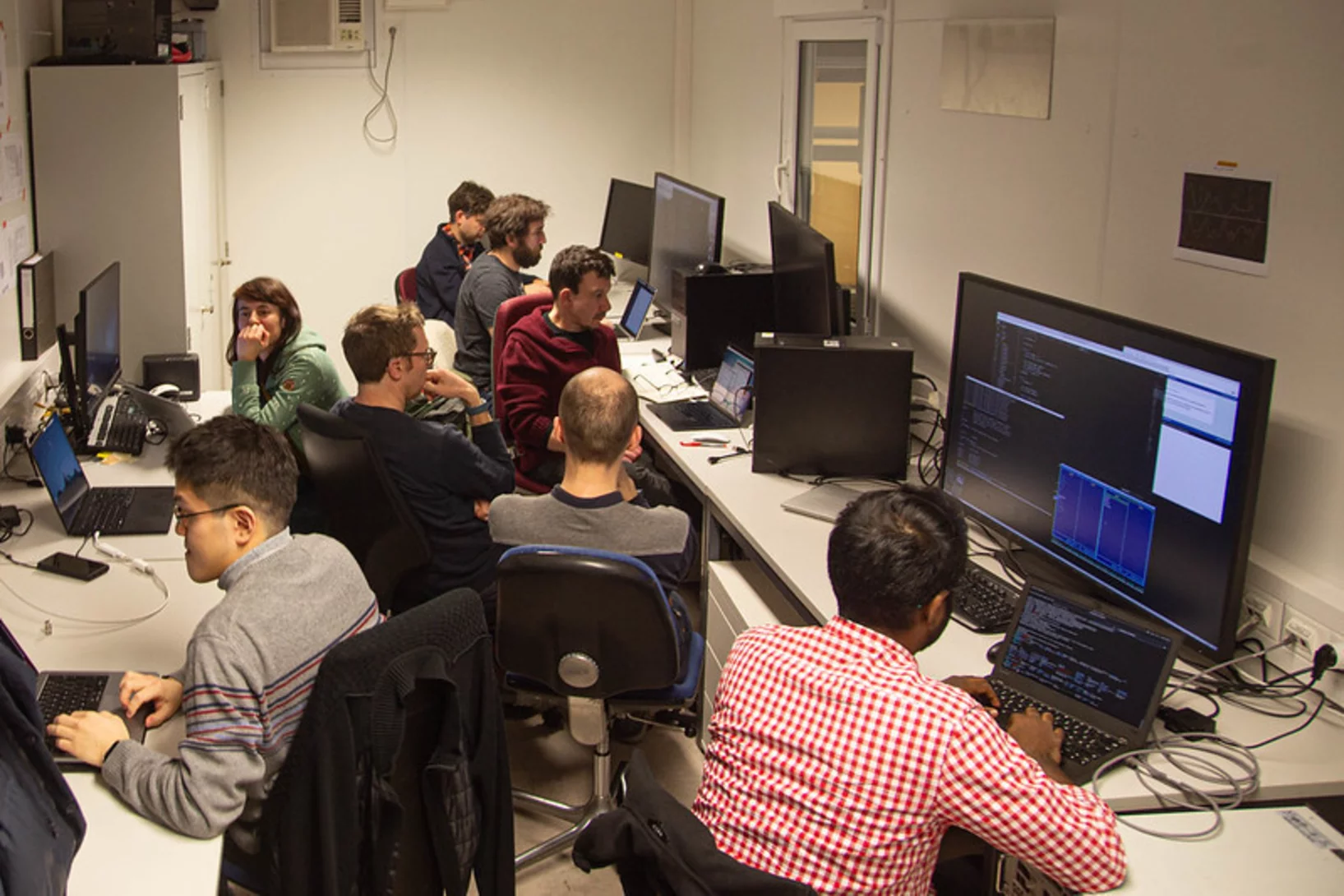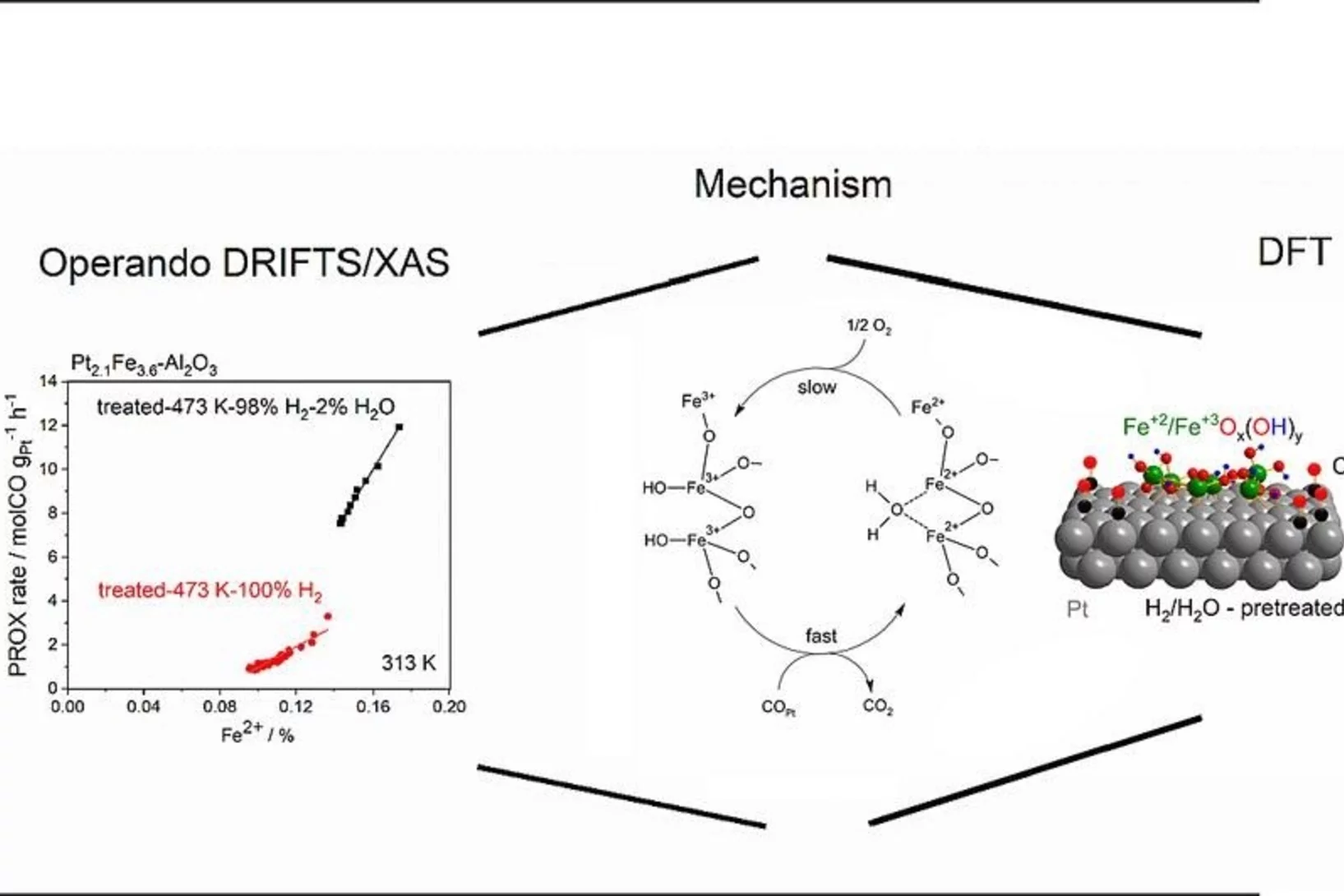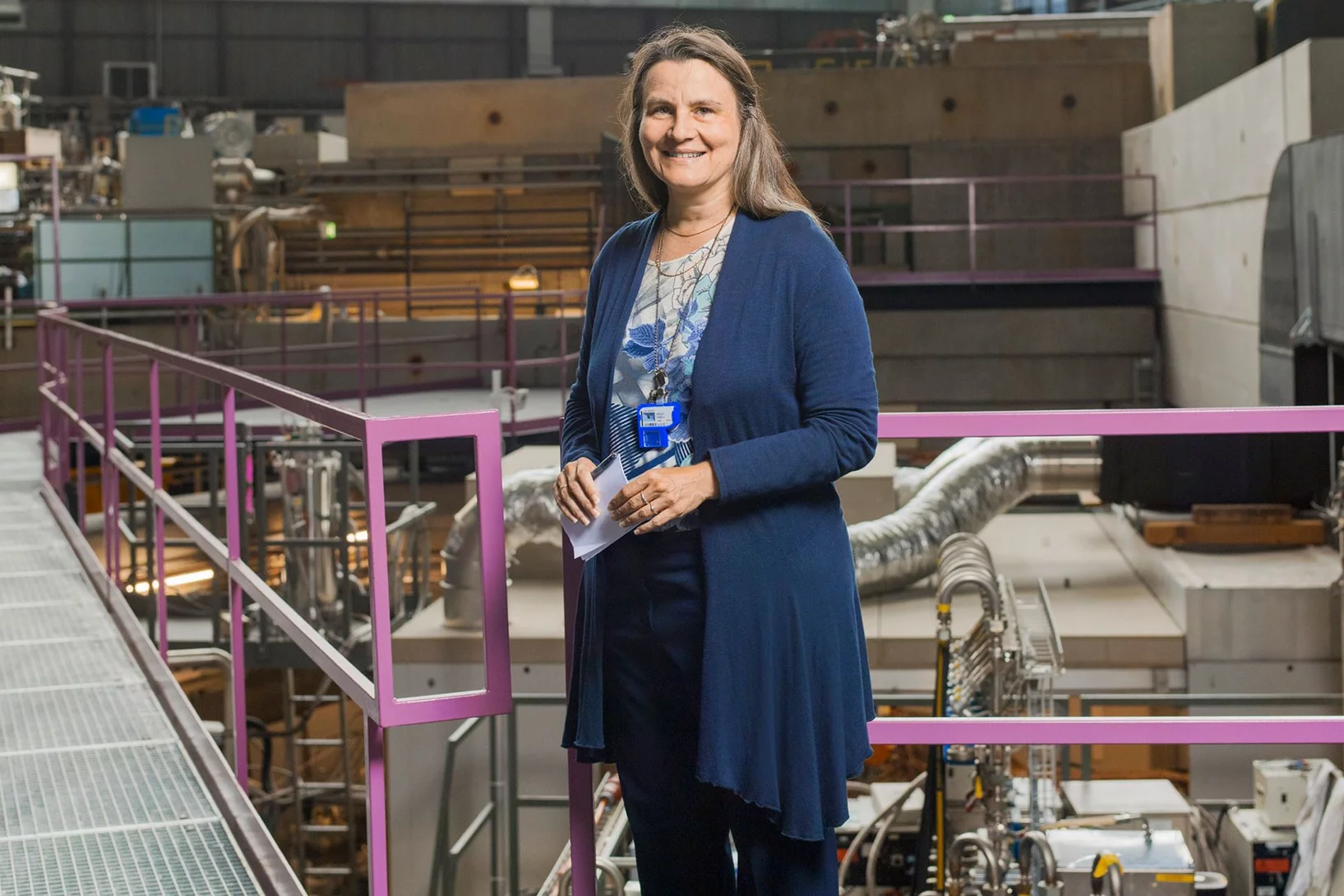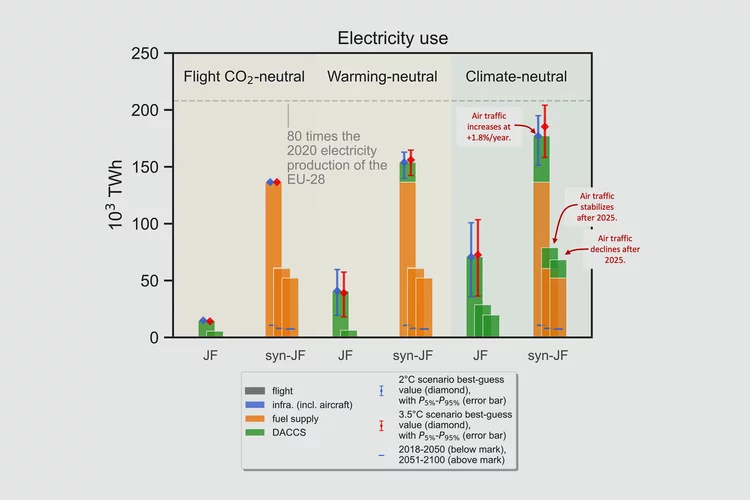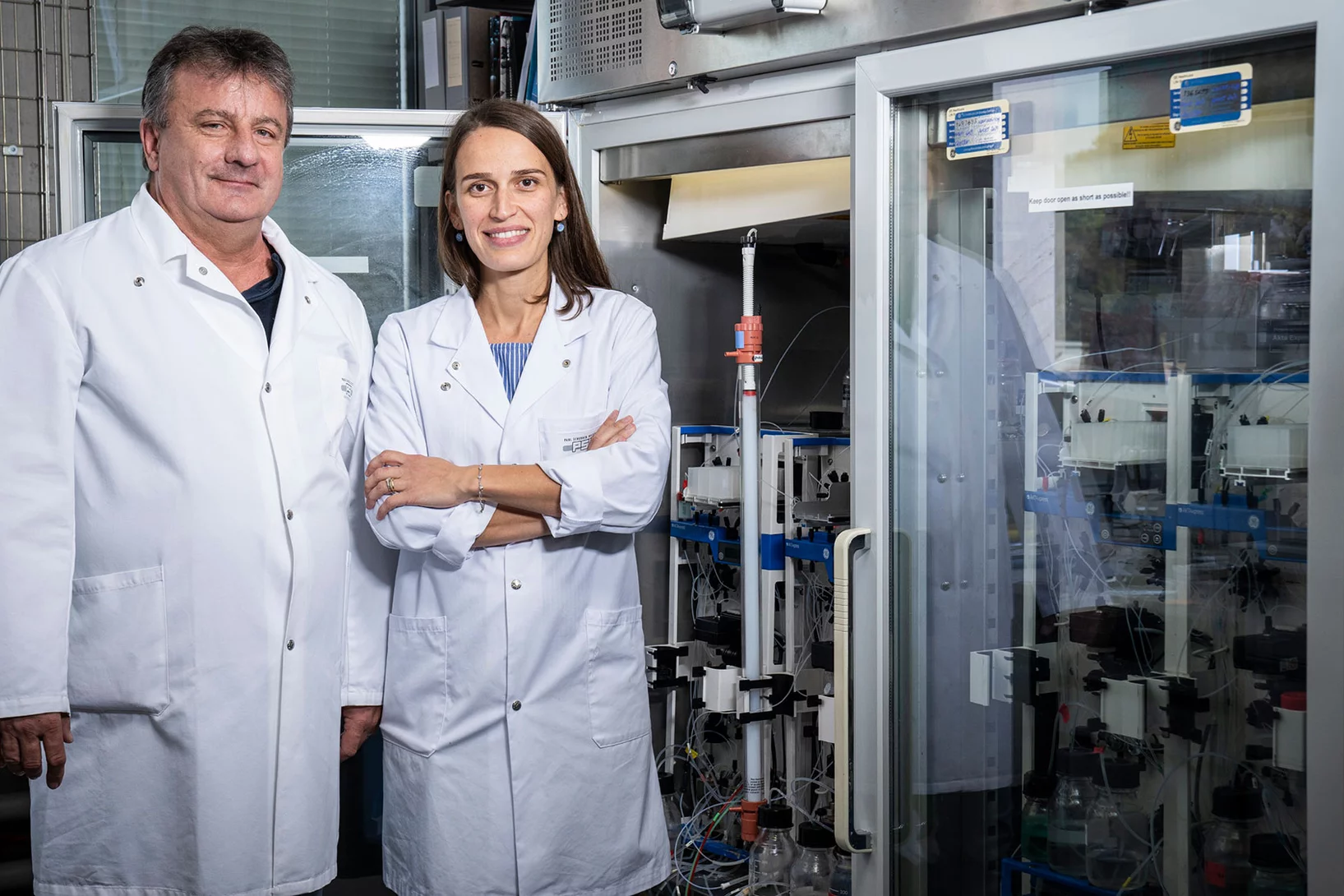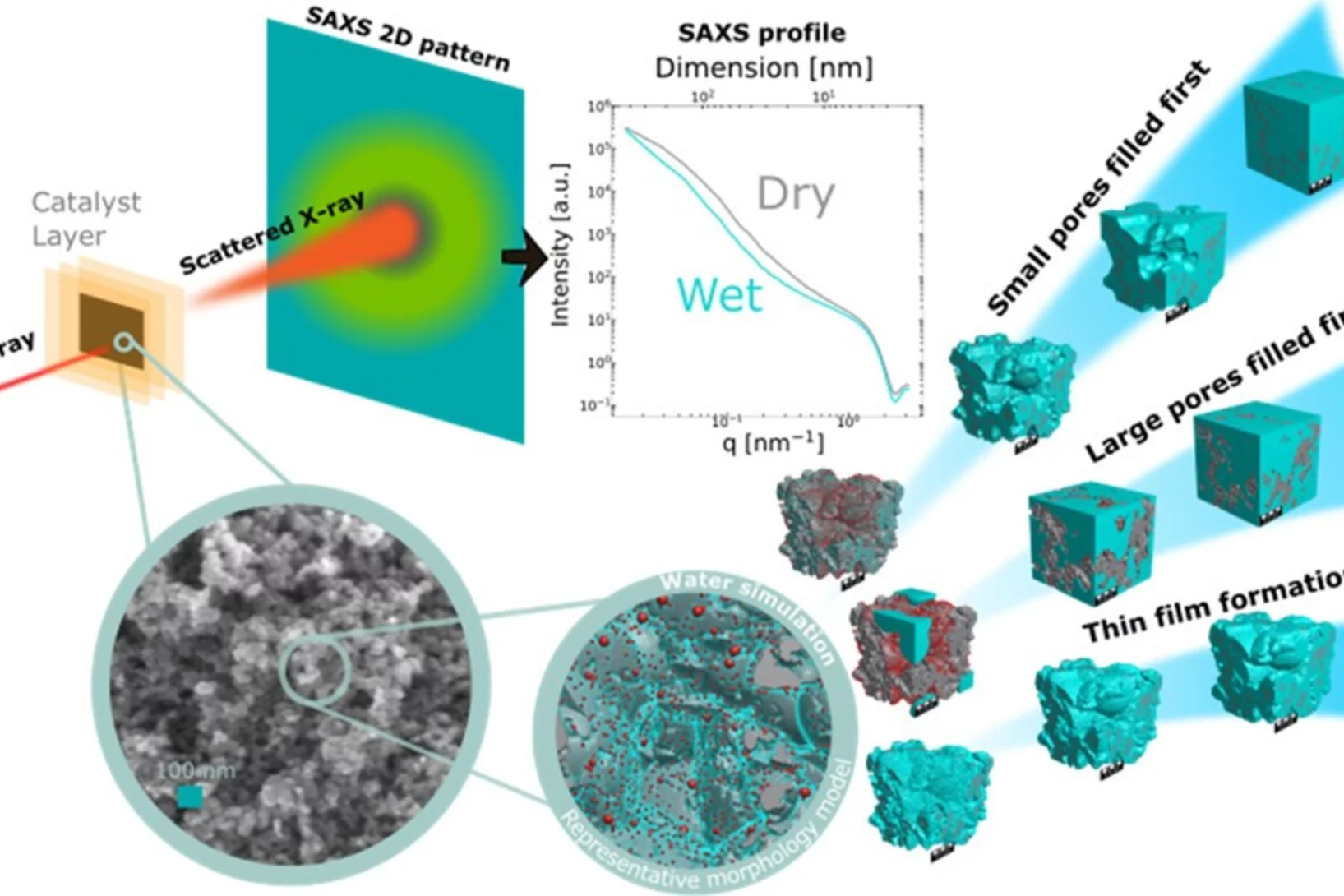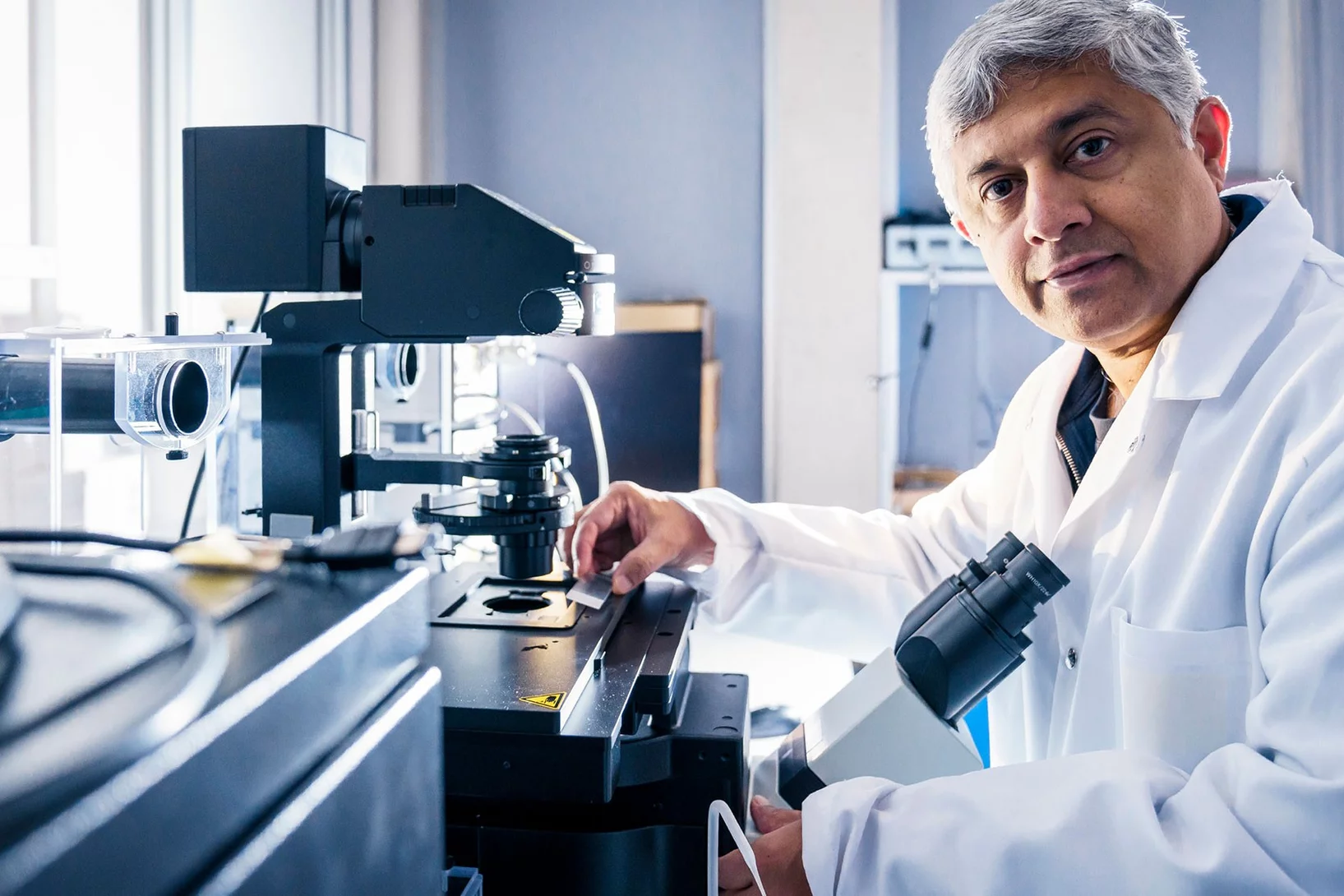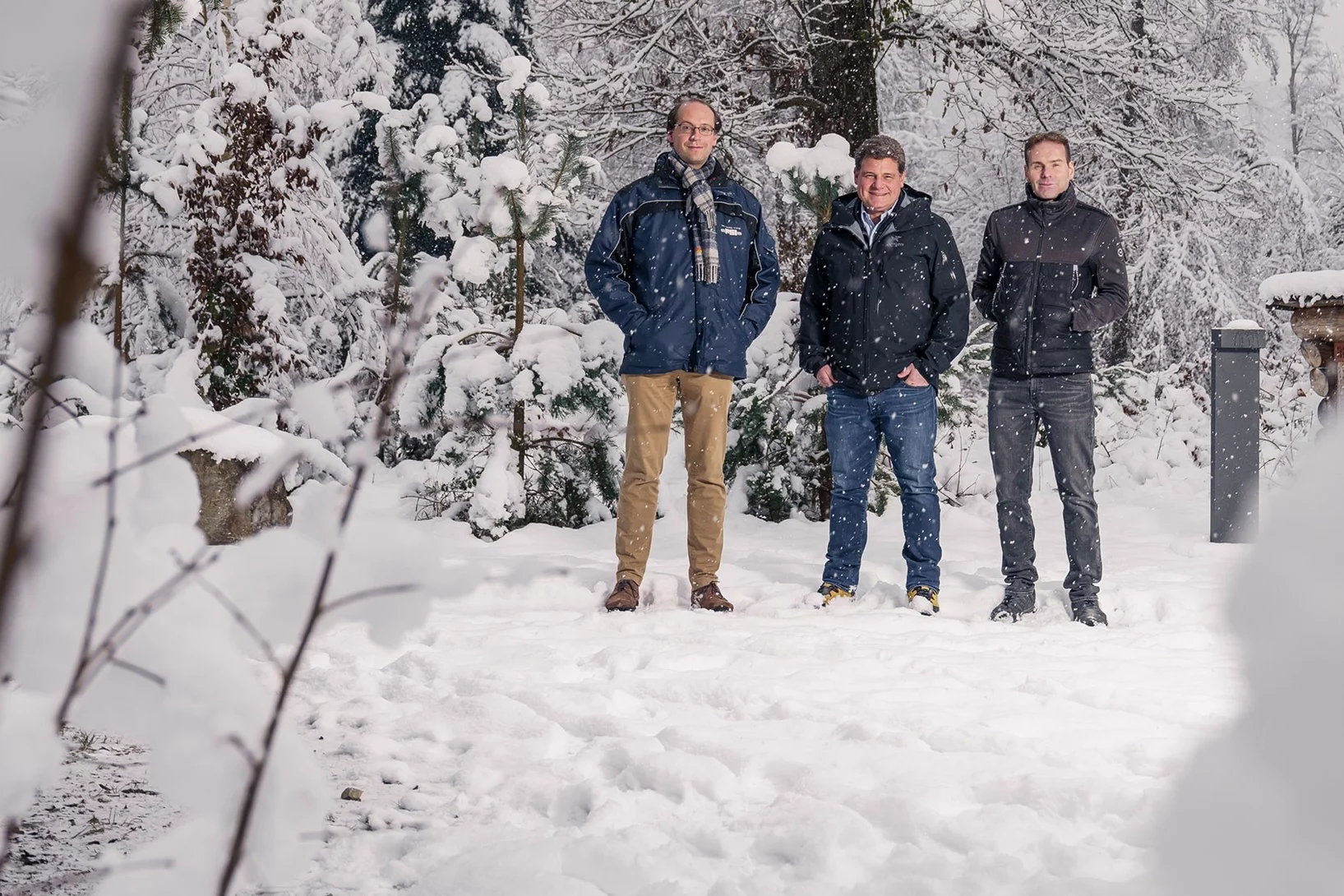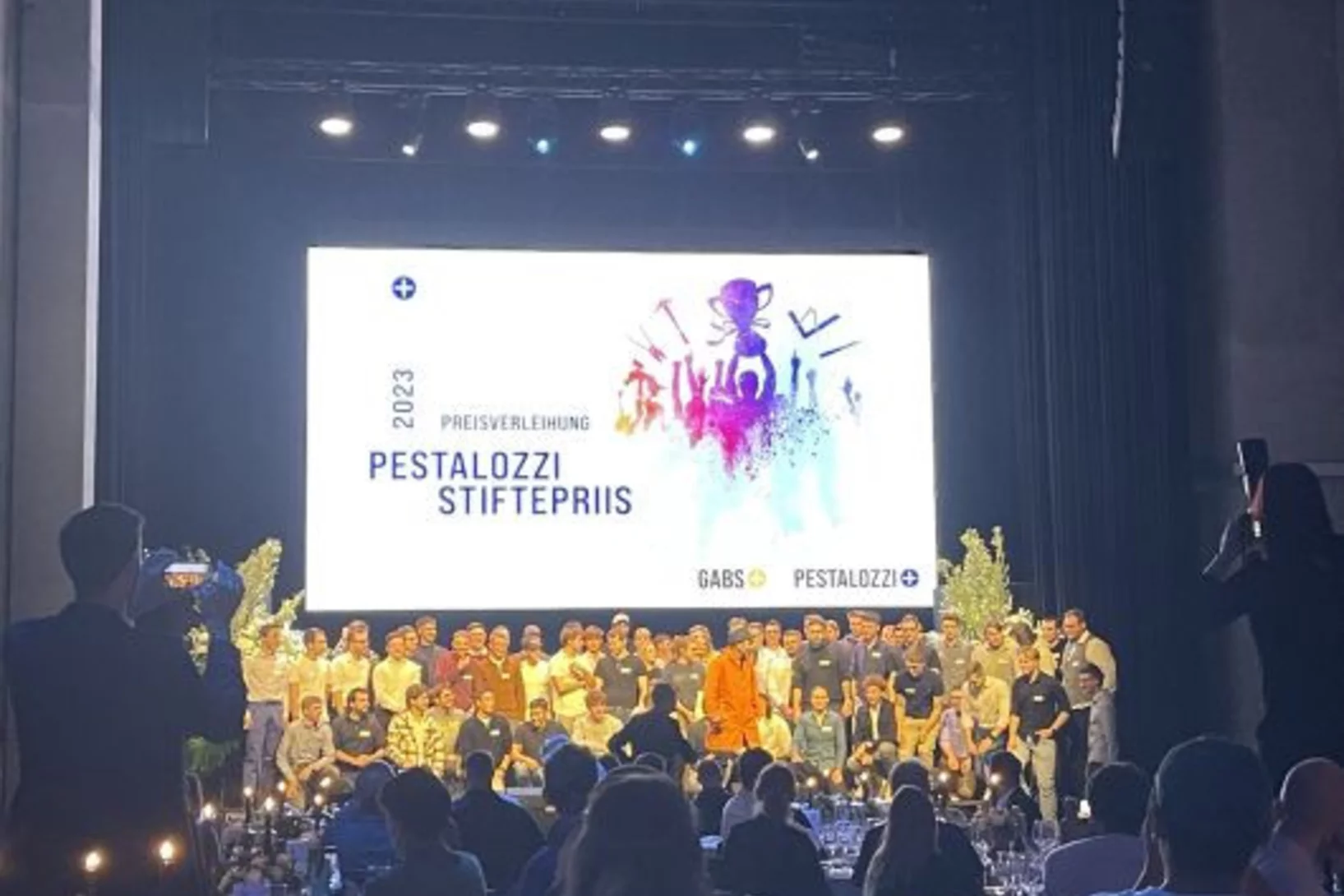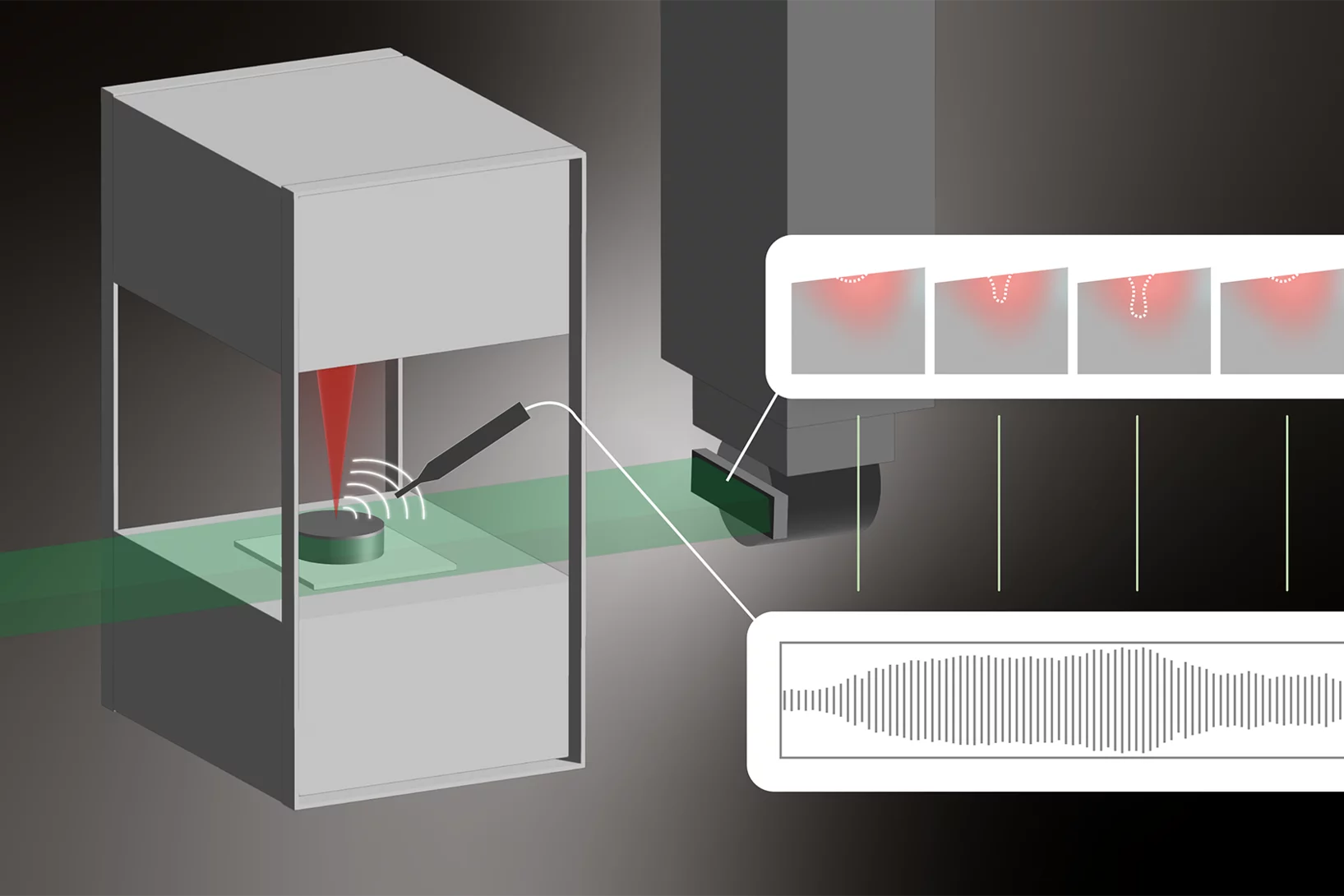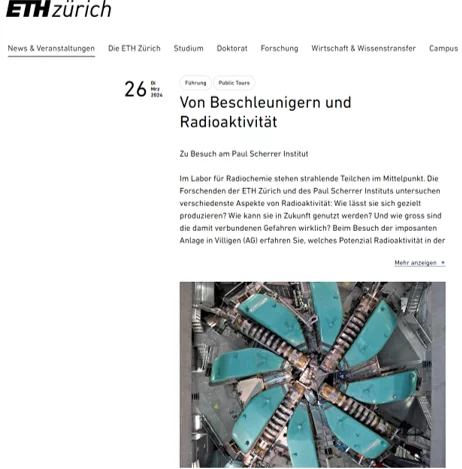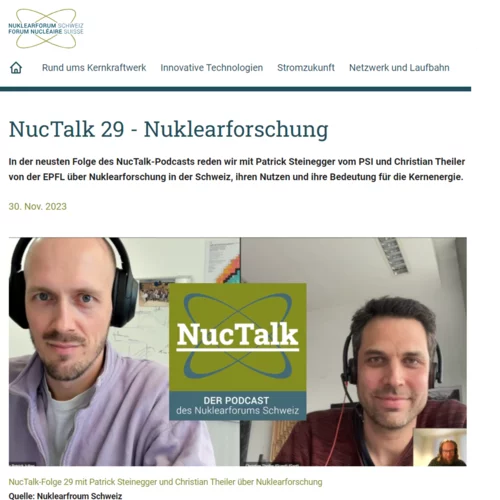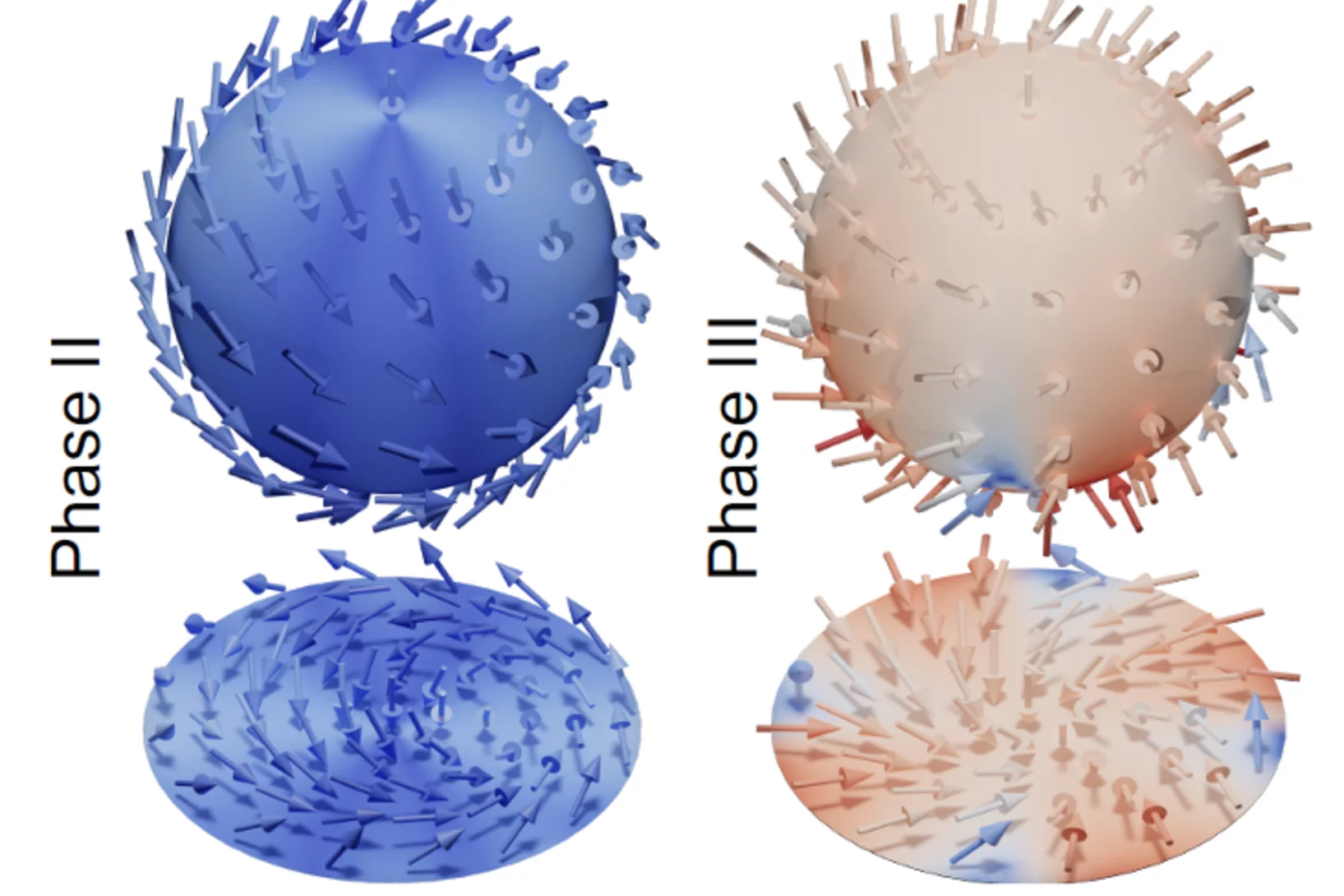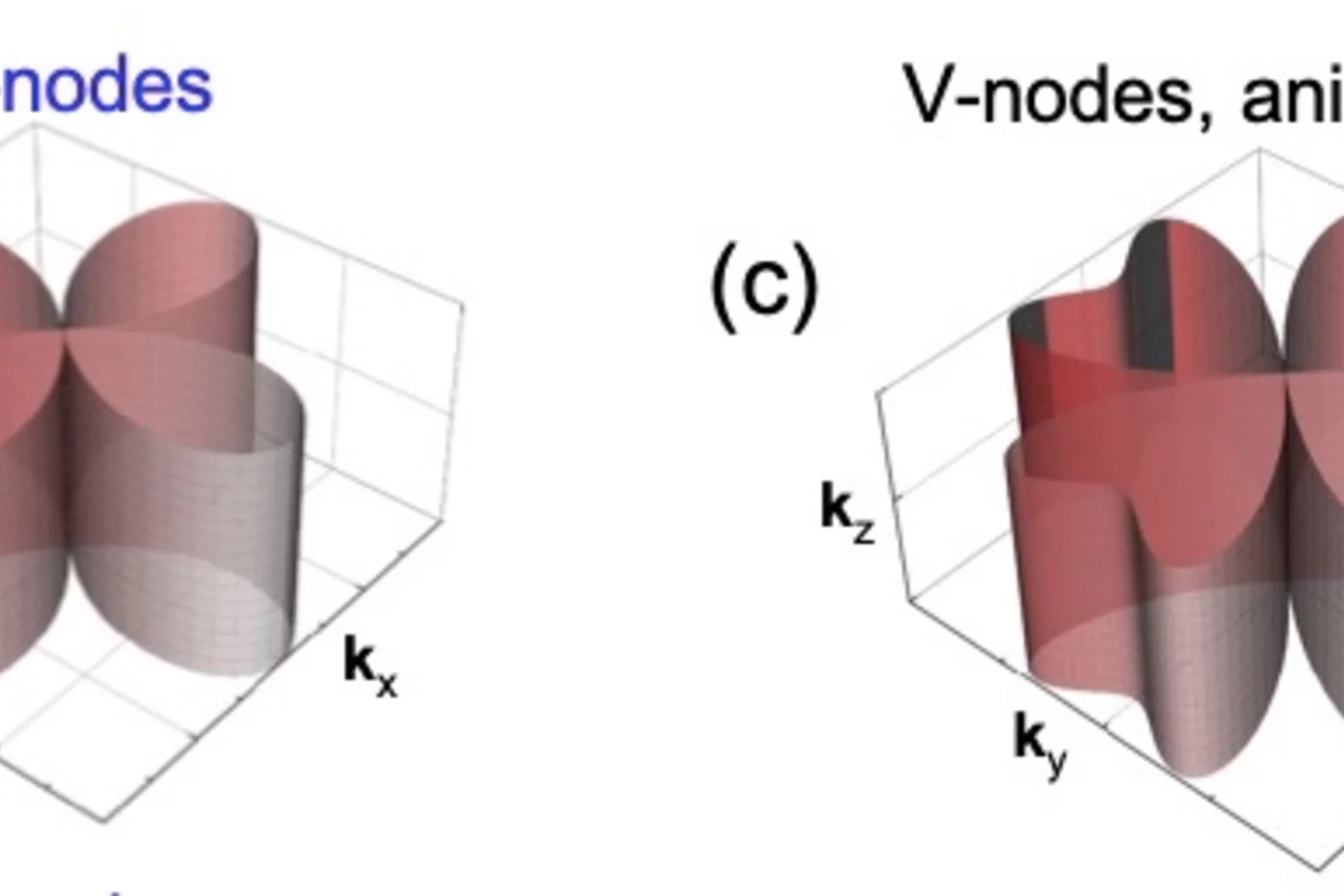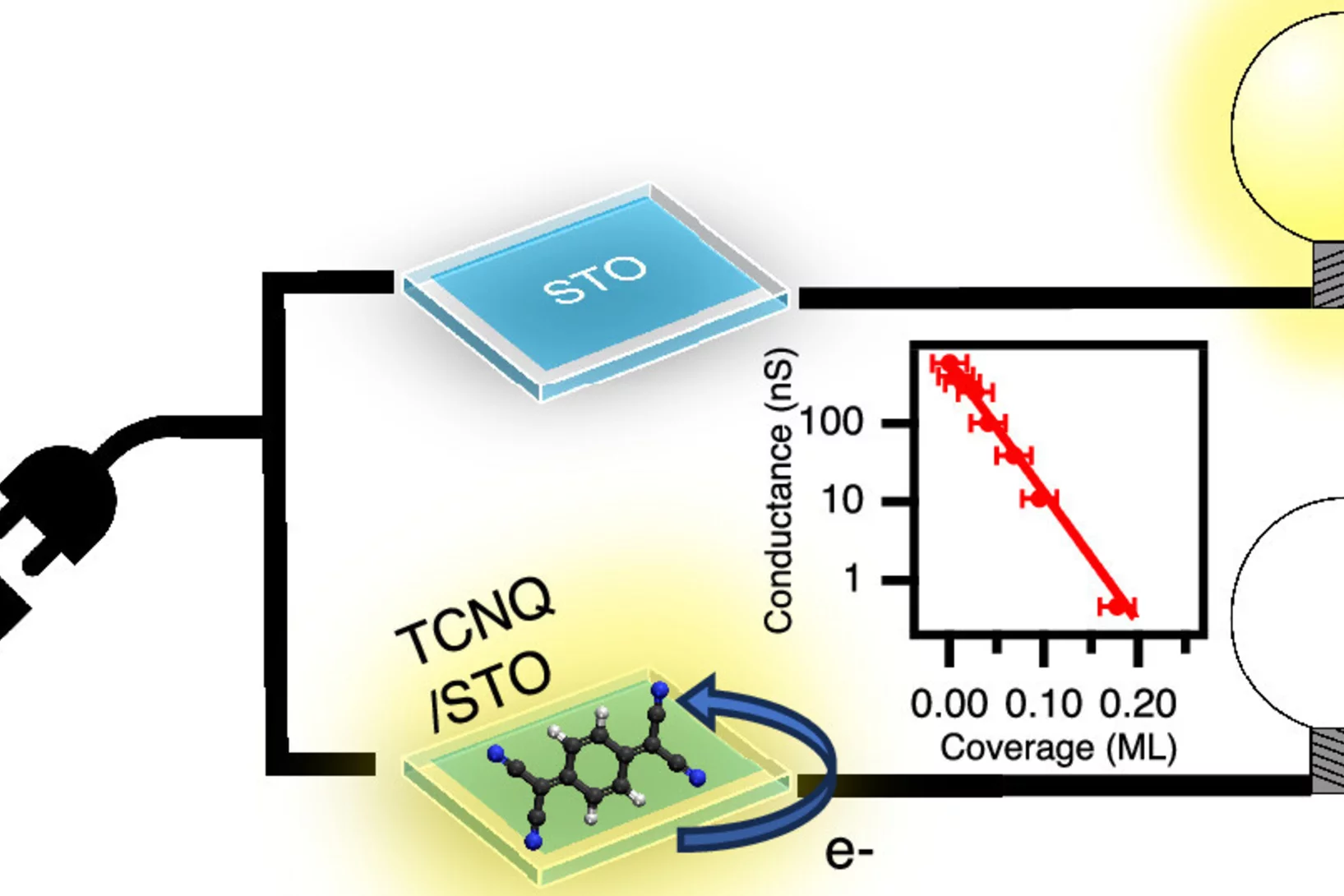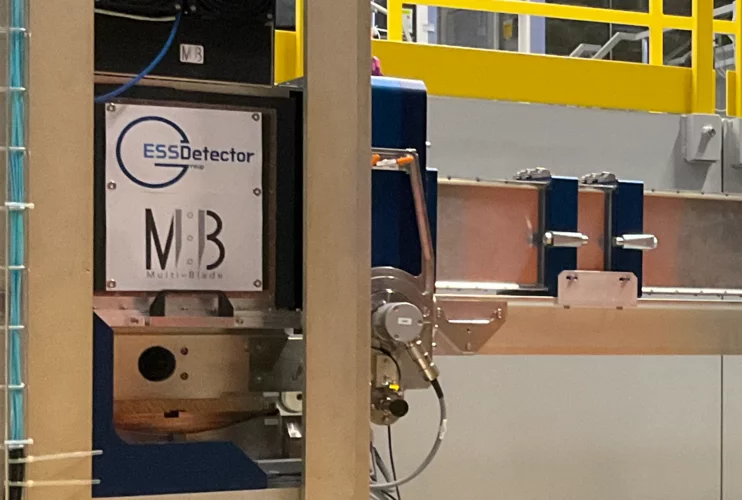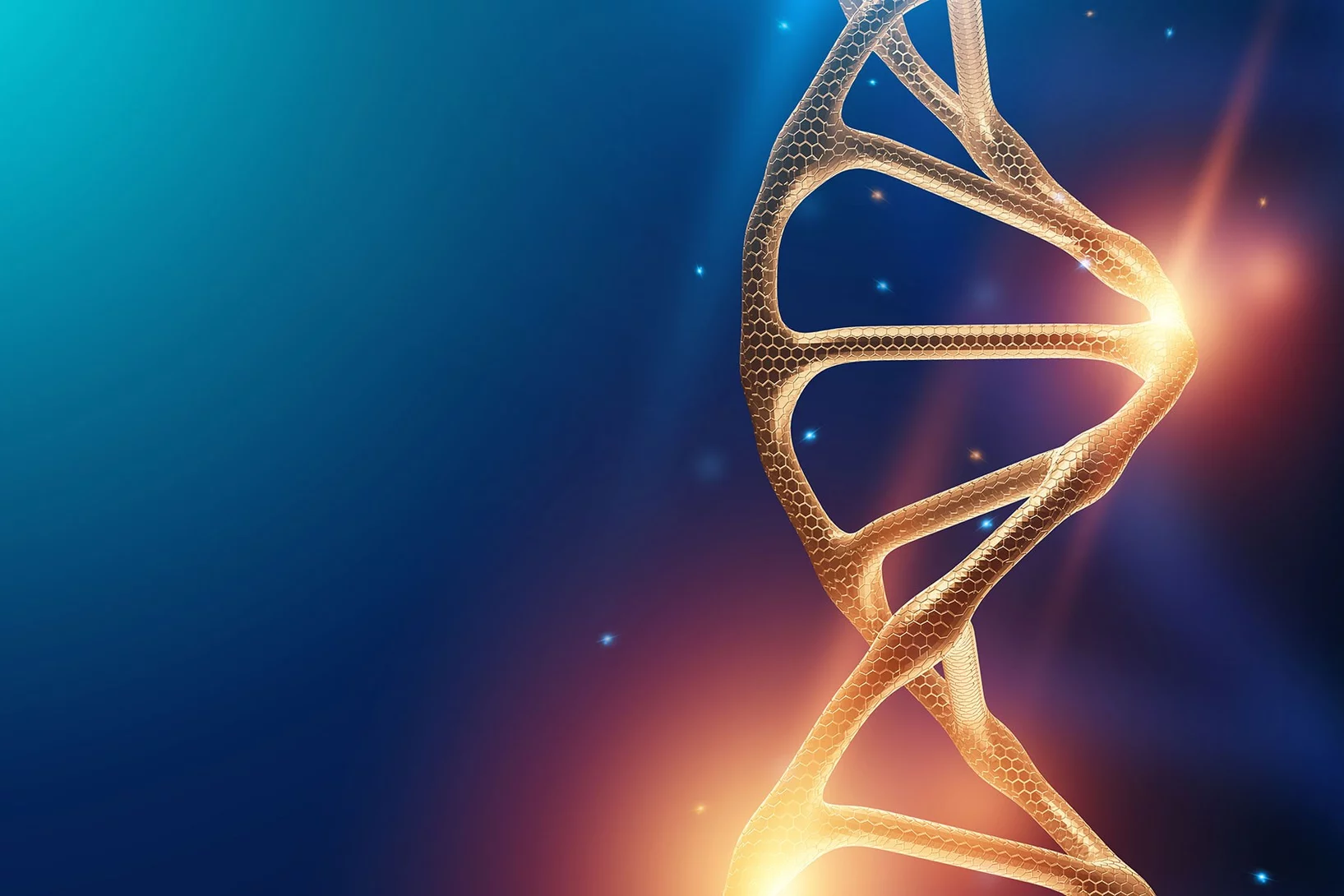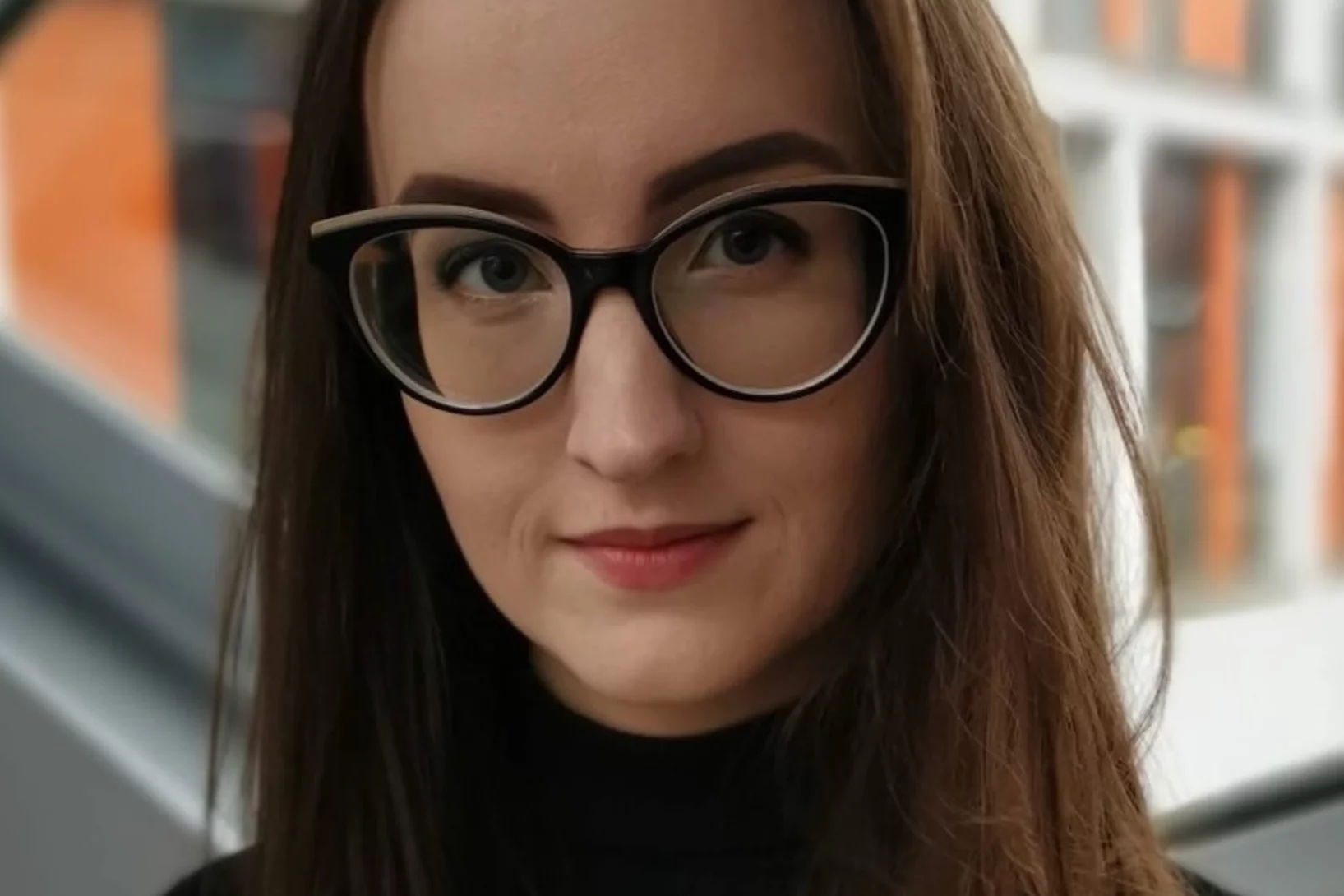Abkehr von der Kernenergie, Ausbau von Solar- und Windkraft, Energiegewinnung aus Biomasse, Senkung des Energieverbrauchs. Bis 2050 soll die Schweiz klimaneutral werden. Ein ehrgeiziges Ziel, welches durch die zunehmend herausfordernde geopolitische Lage dringlicher denn je geworden ist. Wie lässt sich in den nächsten Jahren eine nachhaltige und widerstandsfähige Energieversorgung für die Schweiz aufbauen? Wie können erneuerbare Energien optimal genutzt werden? Welche neuen Technologien sind besonders vielversprechend? Am PSI suchen Forschende nach Antworten auf diese entscheidenden Fragen.
Field-induced bound-state condensation and spin-nematic phase in SrCu2(BO3)2 revealed by neutron scattering up to 25.9 T
In quantum magnetic materials, ordered phases induced by an applied mag- netic field can be described as the Bose-Einstein condensation (BEC) of mag- non excitations. In the strongly frustrated system SrCu2(BO3)2, no clear magnon BEC could be observed, pointing to an alternative mechanism, but the high fields required to probe this physics have remained a barrier to detailed investigation.Here we exploit the first purpose-built high-field neutron scattering facility to measure ...
LMS paper featured on the cover of Nature Reviews Physics
Our paper "How to verify the precision of density-functional-theory implementations via reproducible and universal workflows" was featured on the January 2024 cover of the journal Nature Reviews Physics!
Second Mu3e Data Challenge at PSI
The Mu3e data challeneges aim at establishing the data processing and storage procedures as well as the online monitoring tools. To this end, we use simulated data to test all involved systems and further develop the code.
PSI Alumni bei unseren Partnerunternehmen: Dr. Christian Bährle, ZEISS
Der PSI Career Blog stellt PSI Alumni und ihre Karrierewege, sowie die Arbeit und Perspektiven bei unseren Partnerunternehmen vor. Heute beides in Kombination: Christian Bährle hat nach seiner Zeit am PSI in verschiedenen Unternehmen gearbeitet und gibt uns einen Einblick in seine aktuelle Aufgabe bei ZEISS.
Lichtblicke – PSI-Forschung im Jahr 2023
Eine Rückschau auf die vergangenen 12 Monate.
Water-assisted generation of catalytic interface: The case of interfacial Pt-FeOx(OH)y sites active in preferential carbon monoxide oxidation
Pt-FeOx(OH)y interface with enhanced activity for PROX is generated via strong metal-support interaction. Increase in the degree of hydroxylation of Pt-FeOx(OH)y interface enhances the rate of PROX mediated by active Fe2+ species.
Designing the stripe-ordered cuprate phase diagram through uniaxial-stress
Understanding the degree to which charge-stripe, spin-stripe, and superconducting orders compete/coexist is paramount for elucidating the microscopic pairing mechanism in the cuprate high-temperature superconductors. We explore the tunability of magnetism, superconductivity, and crystal structure in the stripe phase of the cuprate La2−xBaxCuO4, by employing complementary techniques under compressive uniaxial stress in the CuO2 plane. Our results show a sixfold increase ...
«IMPACT ist für den internationalen Wettbewerb sehr wichtig»
Daniela Kiselev spricht über das geplante Upgrade an der Protonenbeschleunigeranlage des PSI.
Climate-neutral aviation: will it fly?
The European aviation sector stands at a pivotal juncture in its quest to achieve net-zero climate impacts. Focusing on flight CO2 emissions overlooks up to 80% of the sector's climate repercussions.
Our research delves deep into the role of electricity-based synthetic jet fuels and direct air carbon capture and storage (DACCS) as potential game-changers. These solutions promise climate-neutral aviation, but there's a catch: the relentless rise in air traffic. Relying solely on renewables-derived synthetic fuels may strain both economic and natural resources. On the flip side, offsetting fossil jet fuel impacts via DACCS poses its own set of challenges. Our findings underscore one clear message: for a genuinely climate-neutral European aviation, we must reconsider the scale of air traffic.
Neue Möglichkeiten für ein heilsames Gift
Forschende des PSI entdecken einen überraschenden Mechanismus, der das Einsatzspektrum von Botulinumtoxin als Therapeutikum erweitern könnte.
Quantification of PEFC Catalyst Layer Saturation via Small-Angle X‑ray Scattering
The complex nature of liquid water saturation in polymer electrolyte fuel cell (PEFC) catalyst layers (CLs) greatly affects the device performance. To investigate this problem, a method to quantify the presence of liquid water in a PEFC CL using small-angle X-ray scattering (SAXS) was developed in a collaboration of researchers of the Federal Institute for Materials Research and Testing (BAM, Berlin, Germany), the Photon Science Division and the Electrochemistry Laboratory of PSI. The method leverages the differences in electron densities between the solid catalyst matrix and the CL-pores filled with liquid water under dry and wet conditions, respectively.
Dichotomous Electrons: Travelling without Moving
Neutron scattering experiments give new understanding of how localized and free-flowing electrons collaborate to create material functionality.
Tetrahedral triple-Q magnetic ordering and large spontaneous Hall conductivity in the metallic triangular AFM Co1/3TaS2
The triangular lattice antiferromagnet (TLAF) has been the standard paradigm of frustrated magnetism for several decades. The most common magnetic ordering in insulating TLAFs is the 120° structure. However, a new triple-Q chiral ordering can emerge in metallic TLAFs, representing the short wave- length limit of magnetic skyrmion crystals. We report the metallic TLAF Co1/3TaS2 as the first example of tetrahedral triple-Q magnetic ordering with the associated topological Hall effect (non-zero σxy(H = 0)). We also ...
Früherkennung von Krebs möglich machen
Forschende des PSI entwickeln eine grundlegend neue Methode zur Früherkennung von Krebs.
Phonon Topology and Winding of Spectral Weight in Graphite
The topology of electronic and phonon band structures of graphene is well studied and known to exhibit a Dirac cone at the K point of the Brillouin zone. Here, we applied inelastic x-ray scattering (IXS) along with ab initio calculations to investigate phonon topology in graphite, the 3D analog of graphene. We identified a pair of modes that form a very weakly gapped linear anticrossing at the K point that can be essentially viewed as a Dirac cone approximant. The IXS intensity ...
Welcome to the Science IT (AWI) Department New Workplace!
We are thrilled to welcome employees and guests to the Science IT area on the second floor of the new OBBA building. With its modern amenities and innovative design, this building serves as a testament to our commitment to fostering collaboration and creativity within the CSD division.
Jahresschlussapéro 2023
Jahresschlussapéro am 6. Dezember ohne «Samichlaus»
SwissFEL: a next generation tool for Attosecond Science
The 2023 Nobel Prize in Physics recognises attosecond science’s pioneers. Past and future, this field’s evolution is entwined with SwissFEL.
Pestalozzi Stiftepriis 2023
Am Freitag, 10. November, wurde bereits zum 41. Mal der traditionelle Schweizer Nachwuchspreis verliehen. Die Berufsbildung des PSI war auch mit einem ehemaligen Lernenden dabei.
Wieso ist Karriereplanung so schwierig, wo es doch bei allen anderen einfach aufgeht?
‘Bei euch klingt es so einfach, aber ich habe keine Ahnung, wo ich hin will – wie habt ihr das gewusst?’ war ein häufiger Kommentar nach unserem Nonlinear Career Paths Event im Oktober. Wieso fallen uns Karriere-Entscheidungen so schwer, wenn im Nachhinein doch alles so einfach scheint? ‘Ich habe diese Person getroffen, und dann hat eines zum anderen geführt, und jetzt habe ich meine Traumstelle’, oder ‘Ich habe mir mein Berufsleben ganz anders vorgestellt, aber dann ist X passiert und hat mich von Y fasziniert, und jetzt bin ich hier’ sind typische Antworten wenn man Leute fragt, wie sie zu ihrer jetzigen Stelle gekommen sind. Muss man aufs Glück warten, oder kann man eine Karriere planen?
Deciphering the Skies: Lubna Dada receives Ambizione grant funding for "BioPSI" Atmospheric Research Project
Lubna Dada, Scientist at the Laboratory of Atmospheric Chemistry (LAC) at the Paul Scherrer Institute (PSI) was granted the Ambizione Grant 2023 with her project “Biological Particle Sources and Impact (BioPSI)”. Lubna’s journey of her visionary research project “BioPSI” is set to commence in January 2024, with the anticipation of welcoming a PhD student into the project.
Listening for Defects as They Happen
Experiments at the Swiss Light Source SLS help resolve a long-standing debate surrounding metal 3D laser printing.
Of Accelerators and Radioactivity
On March 26, 2024, Patrick Steinegger leads visitors of the ETH Zürich Public Tours 2024 through the proton accelerator facility of PSI.
Nuclear research in Switzerland
Patrick Steinegger on the 29th episode of NucTalk
Skyrmion metamorphosis: Lattice transitions of hybrid skyrmions in a polar magnet
Magnetic skyrmions, with their distinctive vortex-like magnetic spin configurations, continue to intrigue researchers due to their potential applications in nanoscience and technology. Traditionally skyrmions form two-dimensional hexagonal close-packed lattices, with the skyrmions themselves displaying one of just two types of internal magnetization texture known as Bloch- or Néel-type. Recent theories hinted at the prospect of reconfigurable transitions between skyrmion phases of different lattice types and internal textures. Until now, experimental evidence supporting such theories has been scarce.
In-Plane Magnetic Penetration Depth in Sr2 RuO4 : Muon-Spin Rotation and Relaxation Study
We report on measurements of the in-plane magnetic penetration depth (λab) in single crystals of Sr2RuO4 down to ≃0.015 K by means of muon-spin rotation-relaxation. The linear temperature dependence of λ−2ab for T≲0.7 K suggests the presence of nodes in the superconducting gap. This statement is further substantiated by observation of the Volovik effect, i.e., the reduction of λ−2ab as a function of the applied magnetic field. The experimental zero-field ...
Switching Off the Surface Conductivity of Strontium Titanate by Non-Volatile Organic Adsorbates
Strontium titanate is a wide band gap semiconductor. Its surface can be rendered conductive by a mild annealing in vacuum. The present study reveals that by deposition of less than a monolayer of non-volatile organic molecules such as tetracyanoquinodimethane (TCNQ) this conductivity can be completely turned off. In view of the small size of TCNQ (ca. 1 nm) this could allow new pathways toward oxide-based electronics.
Neutron reflectometer Amor at SINQ receives the ESS MultiBlade detector
The neutron reflectometer Amor now uses the ESS MultiBlade detector, with improved resolution, angular coverage and dynamical range.
Erbschäden mit Sonnenlicht reparieren
Ein internationales Forschungsteam hat am SwissFEL des PSI aufgeklärt, wie ein Enzym mithilfe von Sonnenlicht DNA-Schäden repariert.
Welcome to LXN Maria Szola
Herzlich Willkommen Maria Szola im LXN!

